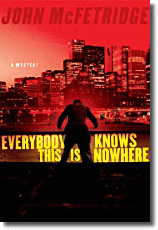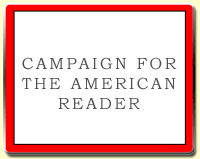Trigger City by Sean Chercover (Morrow) 304 pagesRead about every title to make the list.“Facts are not truth. Listen carefully. This is important.” These are the first words to come from private eye Ray Dudgeon since he finished his first adventure, in Sean Chercover’s debut novel, Big City, Bad Blood (2007). In Trigger City, Ray’s still smarting as a result of his clash with The Outfit, losing his girlfriend and being tortured. Business isn’t going well, either. So when the late Joan Richmond’s father offers all the money Ray needs for exclusive use of his services, Ray can’t say no. There’s no question about who killed Joan Richmond; a former coworker rang her doorbell, shot her in the face, then went home and committed suicide to The Best of Abba. But things get hairy when Ray’s usual allies, Chicago police Lieutenant Mike Angelo and reporter Terry Green, are scared away from this case. Things become even more bizarre when Ray finds himself caught between two government organizations straight out of a Duane Swierczynski novel. Chercover achieved amazing results with a stock premise in Big City. He does even better with Trigger City, writing more tightly and never letting up on the pace. A pale copy of his first novel would have been an achievement in and of itself. Chercover goes far beyond that with his sophomore work, telling a good story better than most writes could do. -- Jim Winter
--Marshal Zeringue




















































